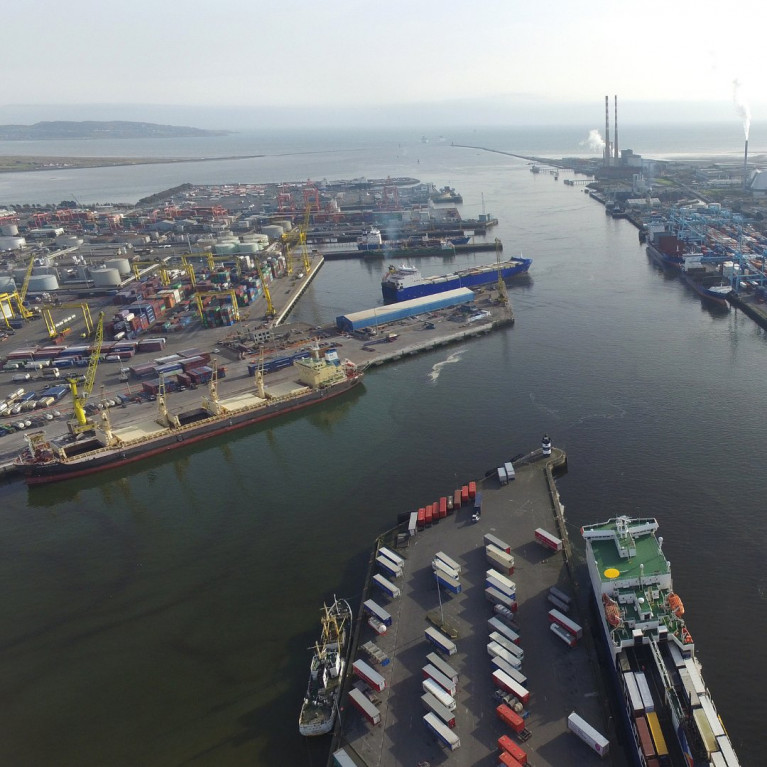Displaying items by tag: Impact of Brexit
Impact of Brexit on Goods Trade ERSI Sets Out to Seanad Committee
It is estimated that Brexit has led to a 45% reduction in goods imports coming from the UK to Ireland according to the Economic and Social Research Institute.
As RTE News reports, in its opening statement to the Seanad Brexit Committee, the ERSI sets out the impact of Brexit on Ireland on goods trade.
While imports from the UK are down, the think tank explains that in contrast, there has been "very little reduction observed over the past year" in Irish exports to the UK.
However, some individual sectors have experienced very large falls in exports, such as the food and beverage sector.
The ESRI estimates that Brexit led to a 25% reduction in Irish food exports to the UK and 40% reductions in beverage exports in the first half of 2021.
Imports coming from the UK to Ireland accounted for 33% of Irish imports in 2019, compared to 12% now.
Exports from Ireland to the UK have fallen from 14% to 8%.
For further findings, click here.
Admission By UK Government That It Has Not Assessed Impact Brexit Plan On Holyhead Port
The UK Government reports NorthWalesLive, has not considered the impact of Boris Johnson's Brexit plan will have on Holyhead Port, a minister has said.
Michael Gove (who visited the ferryport in August) is the UK Government's Brexit planning minister and he told Welsh Assembly Members that no economic impact assessment had been carried out on how the Prime Minister's plan will impact the port.
In a meeting with the Welsh Assembly's External Affairs Committee, Mr Gove said it was difficult to carry out an assessment on the impact on the UK's second busiest ferryport.
He said: "It’s difficult to have an impact assessment because there are so many variables in play and I always remember the words of the economist JK Galbraith who said that economic forecasting was invented in order to give astrology a good name.”
He argued that Holyhead on Anglesey "will be in a stronger position than ever" if Boris Johnson's new deal is passed by MPs.
A deal has been agreed between the UK and the EU negotiating teams, which experts have said will effectively create a customs border between Great Britain and the island of Ireland.
For further reading click here.

























































